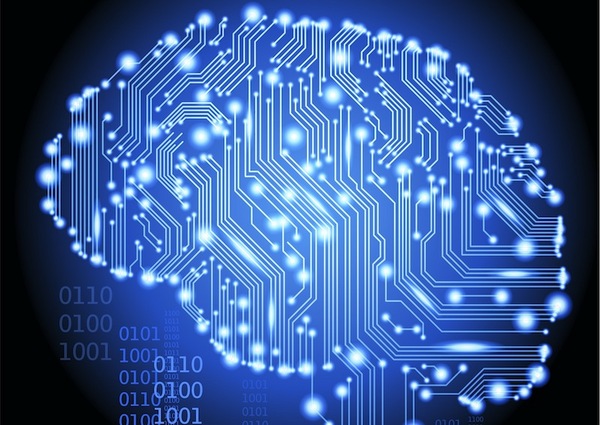Brain Waves Transformed into Music

Ever wondered what your brain sounds like when it thinks? Researchers in China did — so they invented a way to translate the brain's waves into music.
In initial attempts, the scientists had ended up with tunes that were jangly and sometimes discordant, but more recently they discovered a way to make brain music sound better by combining data from the brain's electrical impulses with brain blood-flow measurements. Besides combining science with art, the researchers hope that, one day, brain music can be used to help people control their brain waves, easing conditions such as anxiety and depression.
Originally, study researcher Jing Hu of the University of Electronic Science and Technology in Chengdu, China, and colleagues used electroencephalography (EEG) to compose their brainy tunes. EEG records electrical activity along the scalp. Using specialized software, the researchers transformed these electrical signals into musical notes. The amplitude, or height of the waves, determined the pitch of the notes, and the length of the wave determined the notes' duration.
The intensity of the resulting music often changed abruptly, however, creating an unpleasant listening experience. [Listen to the Brain Music]
Now, the researchers have thrown functional magnetic resonance imaging, or fMRI, into the mix. This technique measures blood oxygen levels in the brain in near-real-time, allowing researchers to determine which parts of the brain are extra-oxygenated, and thus more active, at any given time. Hu and colleagues asked a 14-year-old girl and a 31-year-old woman to rest in an fMRI machine. They then combined the fMRI data with EEG data, also taken in a resting state, to compose new brain-based music.
The result, as judged by a panel of 10 musicians, sounded more like human-composed music than the EEG alone, the researchers report today (Nov. 14) in the open-access journal PLoS ONE. The music could eventually be used in biofeedback therapy, in which patients strive to consciously control brain activity, the scientists wrote.
Researchers are increasingly able to glean information from our brain waves. In a 2011 study, scientists reconstructed videos of what people had seen, based only on brain activity.
Sign up for the Live Science daily newsletter now
Get the world’s most fascinating discoveries delivered straight to your inbox.
Follow Stephanie Pappas on Twitter @sipappas or LiveScience @livescience. We're also on Facebook & Google+.

Stephanie Pappas is a contributing writer for Live Science, covering topics ranging from geoscience to archaeology to the human brain and behavior. She was previously a senior writer for Live Science but is now a freelancer based in Denver, Colorado, and regularly contributes to Scientific American and The Monitor, the monthly magazine of the American Psychological Association. Stephanie received a bachelor's degree in psychology from the University of South Carolina and a graduate certificate in science communication from the University of California, Santa Cruz.










